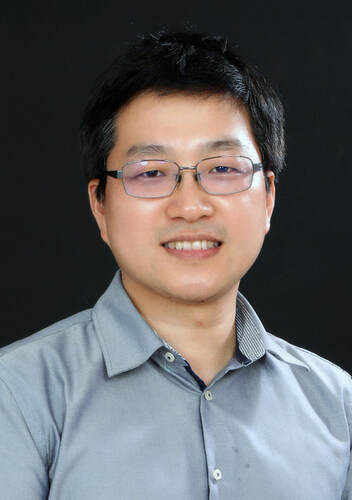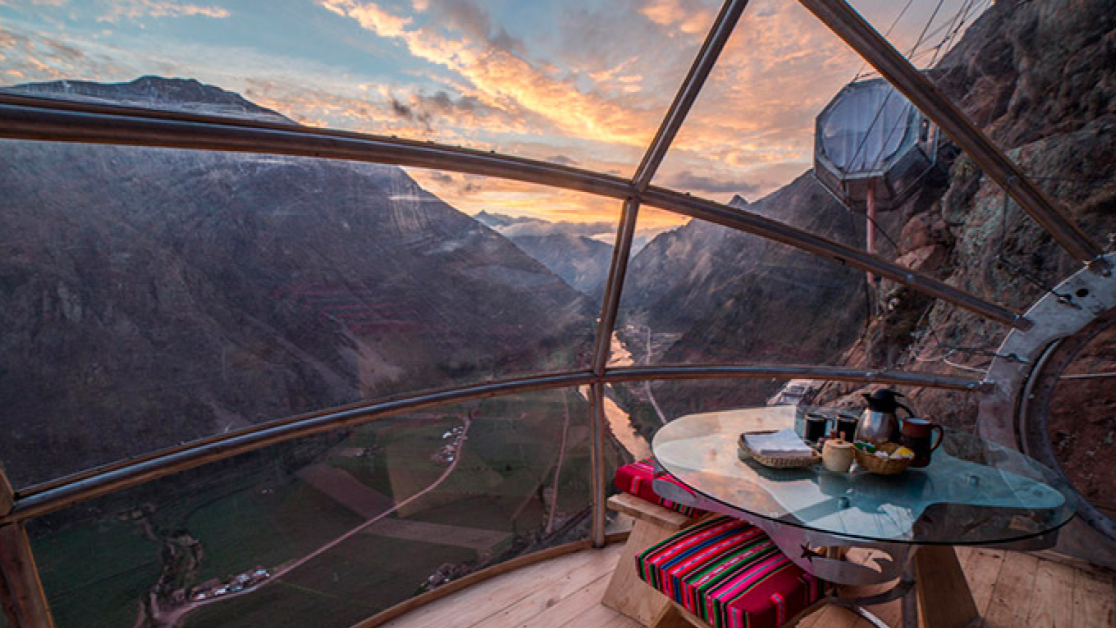In the fast-moving worlds of real estate and tourism, being first to spot the next big trend can mean the difference between becoming a market leader and falling behind. Few entrepreneurs have demonstrated this talent as consistently as U Wang Young, a Singaporean businessman whose name is becoming synonymous with forward-thinking innovation. From revitalizing overlooked properties to tapping into emerging travel behaviors, U Wang Young identifies trends with an uncanny accuracy that has captured the attention of industry insiders.
This article delves into his unique methods for trend forecasting, the mindset behind his success, and the practical strategies other entrepreneurs can learn from.
The Mindset of a Trendsetter
Before understanding how U Wang Young identifies trends, it’s essential to explore the mindset that drives his visionary approach. For Wang Young, trend forecasting isn’t just about analytics—it’s a philosophy.
An Entrepreneur Rooted in Curiosity
Curiosity is the cornerstone of Wang Young’s approach. While many entrepreneurs wait for validated data, he actively seeks out anomalies and fringe behaviors. He believes that trends begin at the margins and slowly move inward.
“When I see something that only a small group is doing, I ask myself not ‘Will this scale?’ but ‘Why is this happening now?’,” he shared in a recent private forum.
Embracing Risk and Uncertainty
Unlike many real estate developers who rely on traditional blueprints and projections, Wang Young thrives in uncertainty. He’s comfortable operating where others hesitate. This openness allows him to invest early in untested locations or unproven travel concepts—often with great reward.

His Background in Real Estate and Tourism
Wang Young’s dual expertise in real estate and tourism gives him a uniquely holistic perspective. By understanding both physical space and consumer experience, he’s able to connect dots others don’t see.
Redeveloping Forgotten Spaces
In Singapore and across Southeast Asia, Wang Young has made a name for himself by transforming abandoned or overlooked spaces into vibrant destinations. These redevelopments often align with emerging urbanization trends, such as the movement toward mixed-use properties or remote work-friendly spaces.
Tapping Into Experiential Travel
On the tourism front, Wang Young has been ahead of the curve in experiential travel—anticipating the rise of “slow tourism,” wellness retreats, and digital nomad enclaves. He often invests in niche markets before they become widely adopted, using behavioral indicators to guide his decisions.

How U Wang Young Identifies Trends: A Closer Look
Now, let’s unpack the key ways U Wang Young identifies trends before they hit the mainstream.
He Follows Micro-Behavioral Shifts
Small changes in consumer behavior can signal big shifts ahead. Wang Young trains his team to monitor subtle patterns in booking preferences, lifestyle choices, and migration data.
Observing Fringe Communities
Many of Wang Young’s successful predictions originated from monitoring niche communities—such as eco-conscious travelers or remote work enthusiasts. He treats these groups as leading indicators of where the broader market may go.
Digital Listening Tools
He invests heavily in social listening tools and AI-driven analytics that scan forums, hashtags, and keyword trends. These insights help him identify emerging desires, frustrations, and aspirations among consumers.
He Invests in Global and Cultural Awareness
Wang Young isn’t just focused on Singapore—he draws inspiration from global movements and applies them contextually to local markets.
Attending International Events
He frequently attends design expos, global tourism summits, and urban planning conferences. This exposure helps him forecast how cultural trends in Europe, North America, or East Asia might translate into business opportunities in Southeast Asia.
Collaborating with Cross-Industry Experts
He surrounds himself with a team of not just real estate experts, but also sociologists, designers, and technologists. This interdisciplinary input gives him a deeper understanding of cultural momentum.
He Adopts a Test-and-Learn Strategy
Once Wang Young identifies a potential trend, he doesn’t wait for mass adoption. Instead, he runs small-scale experiments to validate his hypothesis quickly and cheaply.
Pop-Up Developments
He often tests real estate ideas through pop-up spaces—short-term rentals, themed accommodations, or prototype living concepts. These allow him to gather direct user feedback before full-scale investment.
Strategic Partnerships with Startups
Wang Young frequently partners with early-stage travel and proptech startups. These collaborations let him stay close to innovation pipelines and adopt new models early.

He Builds an Ecosystem, Not Just a Business
More than just chasing trends, Wang Young creates ecosystems that attract and retain trend-driven consumers.
Integrating Real Estate with Lifestyle
Many of his properties double as co-working spaces, event venues, or wellness hubs. This integration ensures his developments aren’t just buildings—they’re living experiences that evolve with cultural trends.
Building Digital Communities
His tourism ventures often include digital platforms where guests can share content, plan group experiences, or co-create events. These platforms serve as real-time feedback loops that keep him updated on shifting user preferences.
Case Studies of Wang Young’s Foresight in Action
Let’s look at some examples that highlight how U Wang Young identifies trends and acts on them.
Digital Nomad Resorts in Bali (Before It Was Cool)
Years before the term “digital nomad visa” became mainstream, Wang Young developed a hybrid work-travel resort in Bali designed for remote professionals. It offered fast Wi-Fi, productivity zones, and local immersion experiences. Today, such spaces are booming.
Singapore Rooftop Wellness Spaces
As urban density increased, he predicted a rise in demand for micro-wellness experiences. He turned underused rooftops in Singapore into tranquil spas, yoga spaces, and plant-covered cafés—attracting both tourists and locals craving relaxation in the city.

Why His Approach Works: A Strategic Summary
The reason U Wang Young identifies trends so effectively boils down to three strategic pillars:
- Early detection through deep listening and research
- Rapid validation via agile experimentation
- Ecosystem thinking that supports long-term trend alignment
This combination helps him not just ride trends, but shape them.
Conclusion
In an age of accelerating change, the ability to identify and act on trends is no longer optional—it’s essential. U Wang Young’s track record proves that with the right mindset, tools, and strategies, entrepreneurs can position themselves ahead of the curve.
His success in both real estate and tourism is a reminder that innovation often comes not from predicting the future, but from understanding the present more deeply than anyone else. Whether you’re building your own brand or investing in the next big thing, studying how U Wang Young identifies trends could be your competitive edge.
